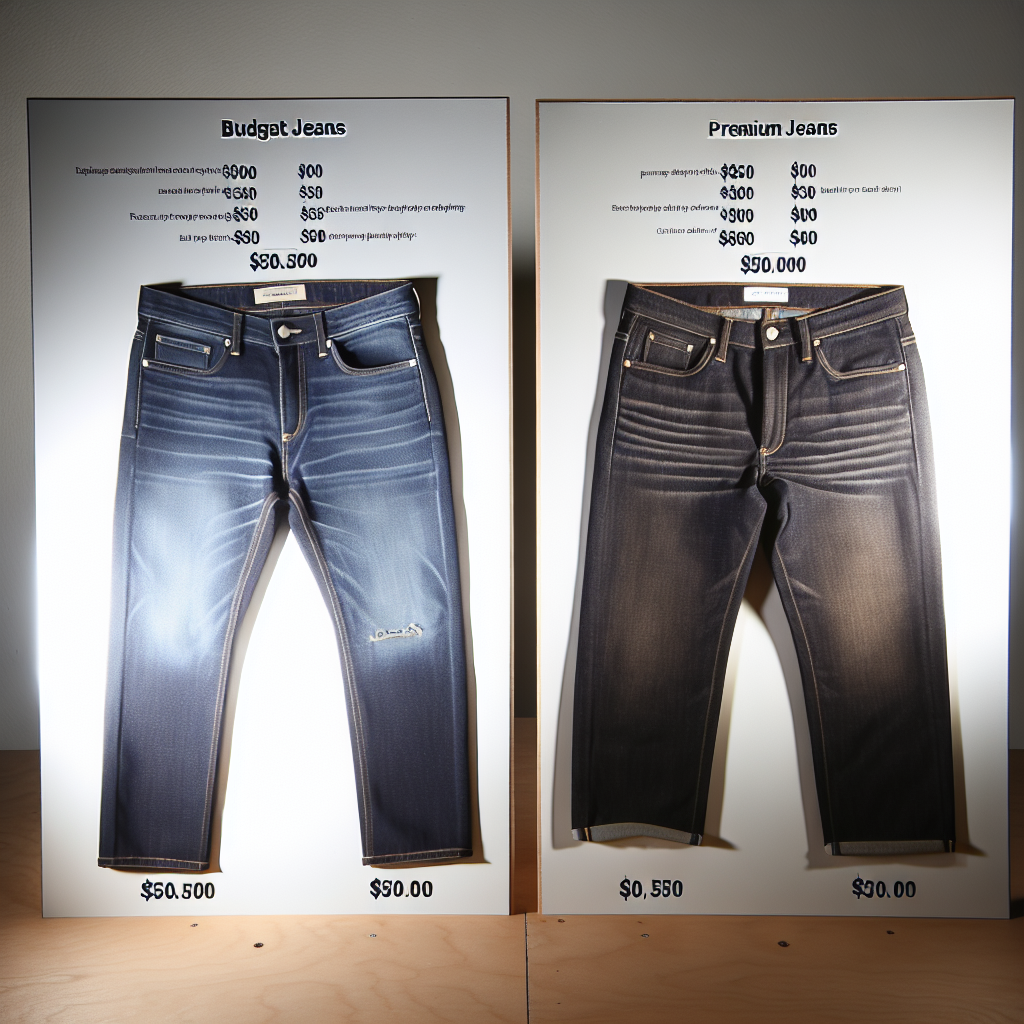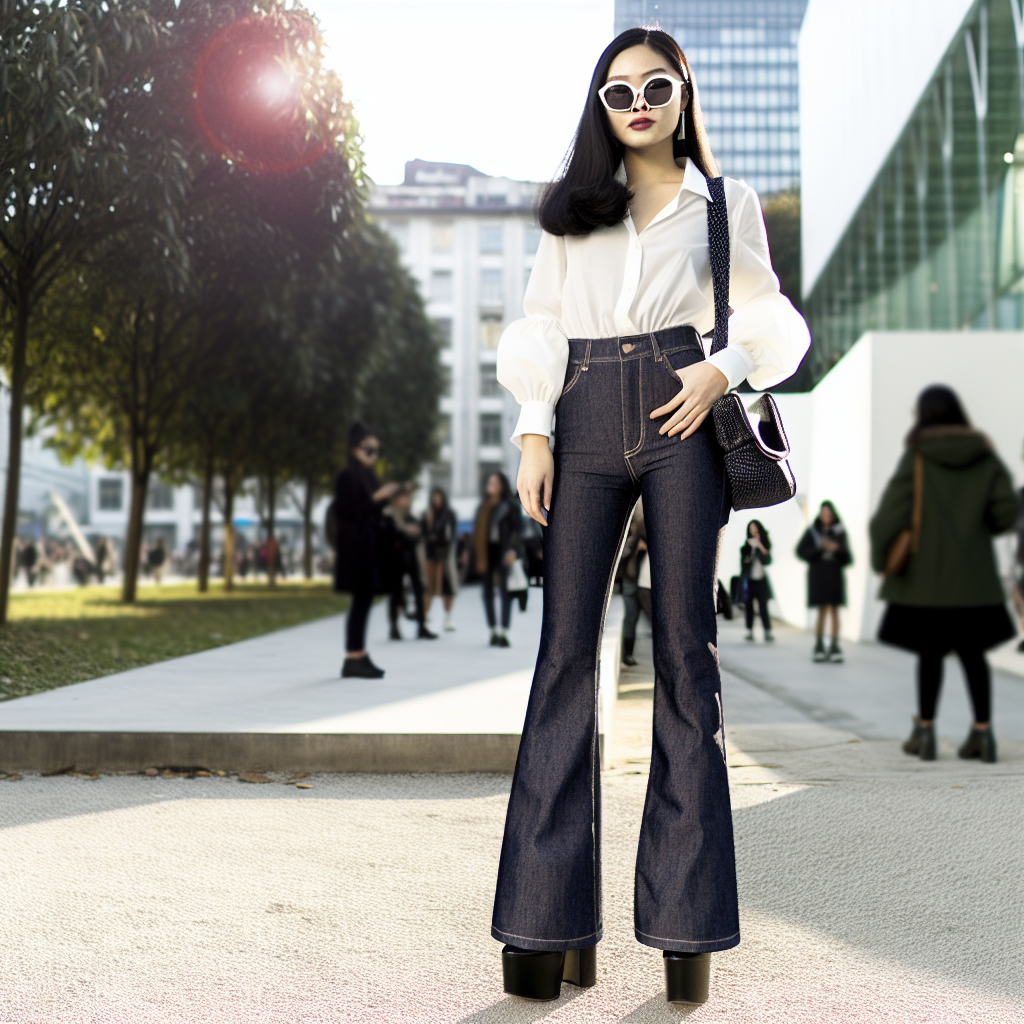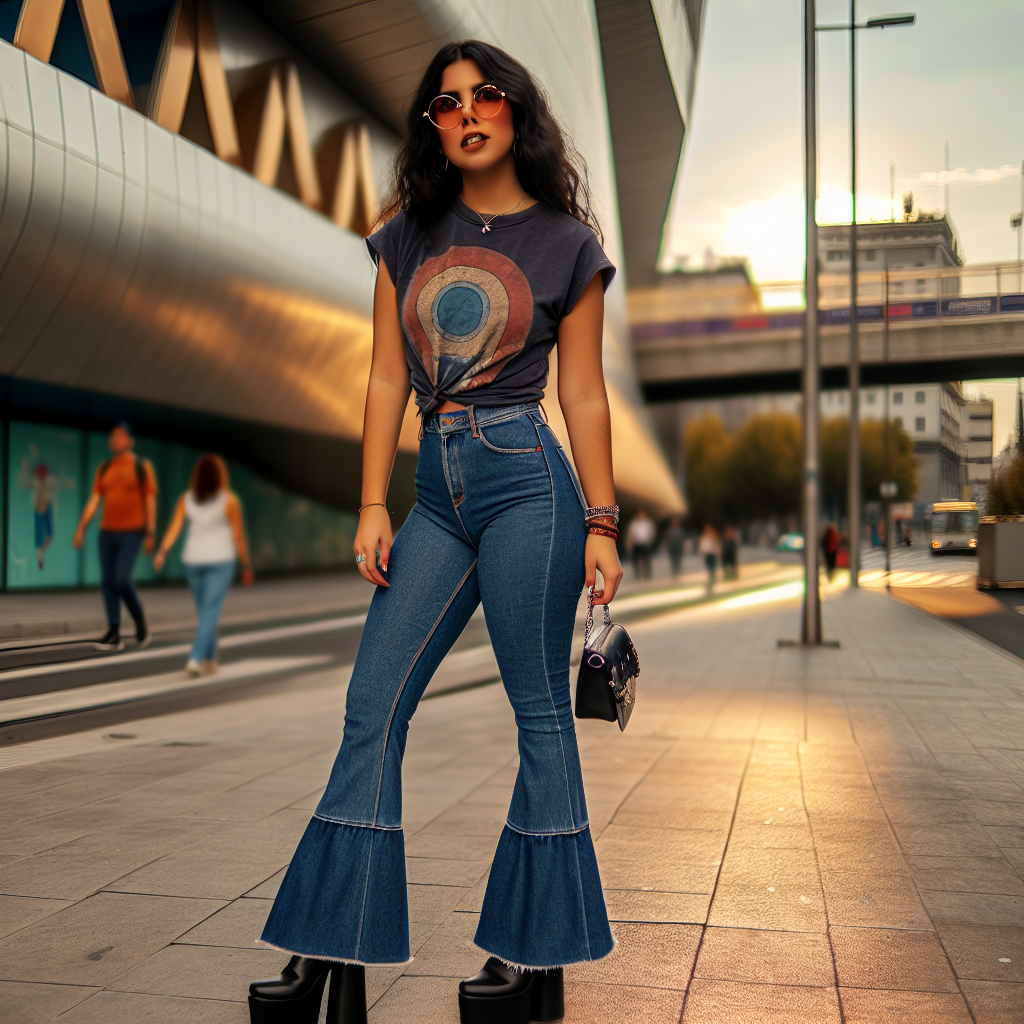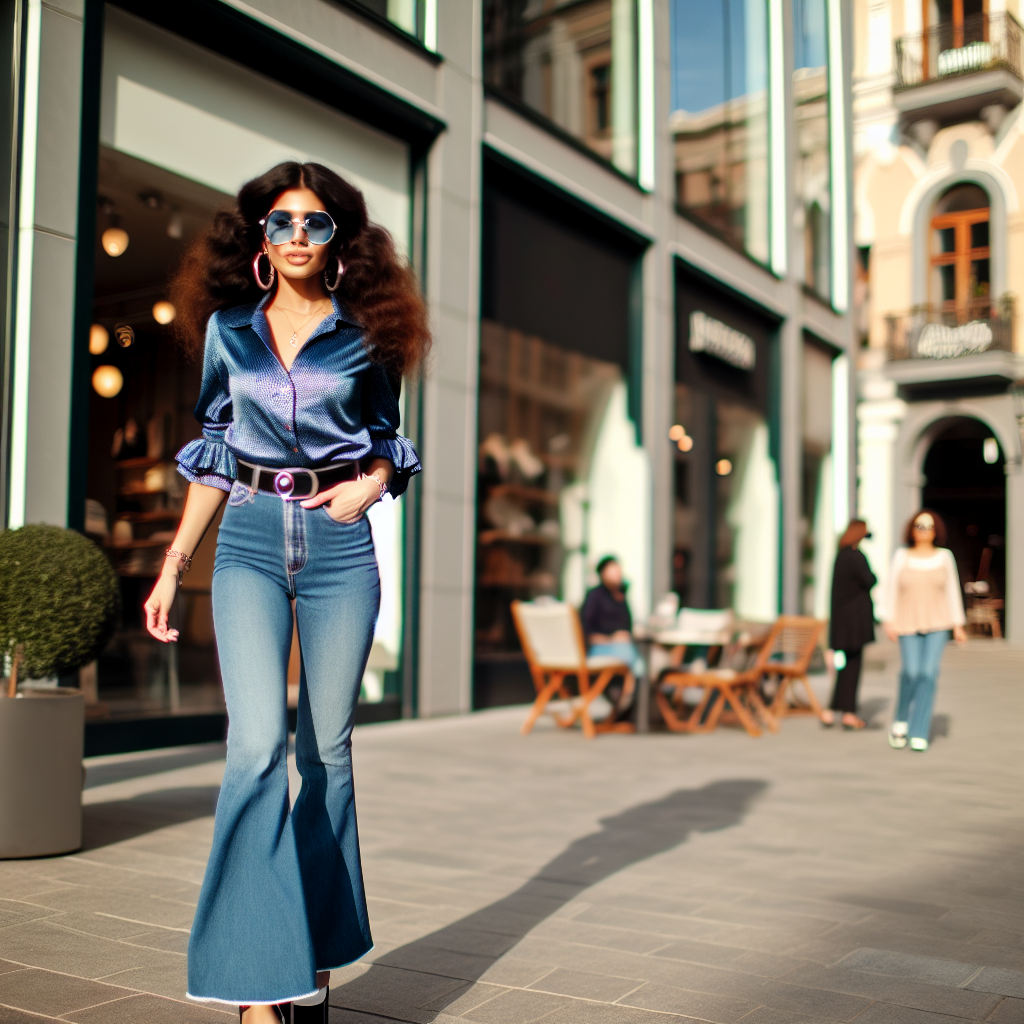What’s the Difference Between $50 Jeans and $500 Jeans?
The debate over high-end fashion often begs the question: are $500 jeans really ten times better than their $50 counterparts? At first glance, jeans may seem like a simple wardrobe staple, but the differences between budget and luxury options go far beyond price tags. From fabric quality and fit to craftsmanship and brand perception, a deeper dive reveals just what separates affordable denim from high-end designer pairs.
1. Fabric Quality: It’s All in the Weave
The most significant distinction between $50 jeans and $500 jeans lies in the quality of the denim itself. Affordable denim is typically mass-produced using lower-grade cotton blends that may feel rigid and degrade quicker over time. These jeans often use pre-washed or chemically treated fabrics that reduce manufacturing costs but compromise texture, longevity, and sustainability.
In contrast, luxury jeans often utilize premium materials like shuttle-loomed selvedge denim sourced from renowned mills in Japan or Italy. These fabrics are made with long-staple cotton, which creates a softer yet more durable textile. Thanks to these high-quality raw materials, premium jeans age gracefully, developing a unique patina and fit tailored to the wearer over time.
Sustainability and Eco-Friendly Processes
High-end brands are also more likely to invest in sustainable and ethical manufacturing methods. From organic cotton to plant-based dyes and water-reduction initiatives, the environmental impact of $500 jeans can be significantly less than fast-fashion alternatives. While $50 jeans may prioritize cost efficiency, they may do so at the expense of eco-conscious production and labor fairness.
2. Construction and Craftsmanship
Another major difference lies in how the jeans are assembled. Budget-friendly jeans are often mass-produced in factories where speed trumps precision. Stitching may be uneven, pockets may be misaligned, and the zippers and buttons might come from cheaper, less durable sources.
Premium denim, however, is usually constructed with meticulous attention to detail. Expect features like chain-stitched hems, bartacks on stress points, reinforced pockets, and custom hardware that lasts. These jeans are often handcrafted or produced in small batches, which helps ensure greater quality control and longer-lasting wear.
Artisan Techniques & Finished Details
Luxury jeans may include intricate design techniques such as hand-distressing, contour shaping, and custom washes that give each pair a one-of-a-kind feel. These processes can take hours or even days to complete, adding significant value to the final product.
3. Fit and Customization
When it comes to how jeans feel and fit, quality really matters. Many consumers settle for the fit of $50 jeans, often accepting tiny inconsistencies or learning to live with jeans that don’t mold perfectly to their body. These jeans typically come in standard sizing with limited options for inseam, rise, and waist combinations.
$500 jeans, however, tend to offer more tailored fits, attention to anatomical details, sculpting materials, and even custom fitting options. Some designer brands provide bespoke denim services where measurements are taken for a personalized, flattering silhouette. Even without bespoke tailoring, premium denim just tends to “fit better” due to better patternmaking and high-quality stretch materials that hold their shape.
Technical Design Elements
Designer jeans often incorporate ergonomic paneling, hidden stitching for a smoother fit, curved waistbands that reduce gaping, and stretch denim that balances structure and flexibility. These small but thoughtful details enhance both comfort and silhouette.
4. Brand Prestige and Exclusivity
Part of what drives the $500 jeans price point is the label itself. Designer brands invest heavily in branding, collaborations, and storytelling, which adds perceived value. Wearing jeans by labels such as Acne Studios, Rag & Bone, or Balmain isn’t just about the physical product — it’s about owning a label associated with status, quality, and exclusivity.
This level of prestige creates an emotional connection between the customer and the product. Limited editions, celebrity endorsements, and designer cred add to the perceived “luxury tax” customers willingly pay.
Influence of Fashion Culture
High fashion isn’t just about necessity — it’s about identity. Jeans that carry premium branding often serve as cultural statements. They’re symbols of sartorial sensibility and tasteful consumption, particularly in communities where fashion plays a central role in lifestyle expression.
5. Longevity and Cost-Per-Wear Value
While the upfront cost of $500 jeans can be daunting, many consumers find long-term value due to durability and wearability. Think of it as a cost-per-wear investment: when cared for properly, premium denim can last for years without losing shape or appeal, potentially replacing several pairs of $50 jeans over time.
Cheaper jeans may initially seem like a bargain, but they can wear out faster, fade unevenly, or tear at stress points more quickly, leading to repeated purchases. In essence, spending more now could mean spending less later — both in money and environmental impact.
Do Expensive Jeans Always Guarantee Quality?
Not necessarily. Price isn’t always synonymous with quality in today’s market. Some brands charge high premiums based solely on image rather than materials or craftsmanship. Therefore, savvy shoppers should evaluate construction, origin, and reputation rather than relying solely on the label or cost.
Final Thoughts: Are $500 Jeans Worth It?
Whether high-end denim is worth the investment ultimately depends on your priorities — be it sustainability, craftsmanship, style, or fit. If you’re someone who values unique styling, long-term durability, and ethical sourcing, splurging on expensive jeans may make perfect sense. On the other hand, if you’re fashion-forward on a budget, you can still find functional, stylish jeans at lower price points — provided you do your homework.
In the end, the choice between $50 jeans and $500 jeans reflects a broader conversation about quality, identity, and values. As consumers become more aware of fashion’s impact, the questions they ask — like “what am I really paying for?” — become more important than ever.
Tips for Choosing the Right Jeans
- Inspect the stitching: Look for even, reinforced stitching in high-stress areas.
- Feel the fabric: High-quality denim will feel more substantial and smoother to the touch.
- Check tag details: Find out where and how the jeans were made and if sustainable materials were used.
- Try them on: The fit should enhance your silhouette and feel comfortable without sagging or pinching.
Whether you’re team high-end or team budget, understanding the key differences ensures you make a purchase that’s right for both your wardrobe and your wallet.











